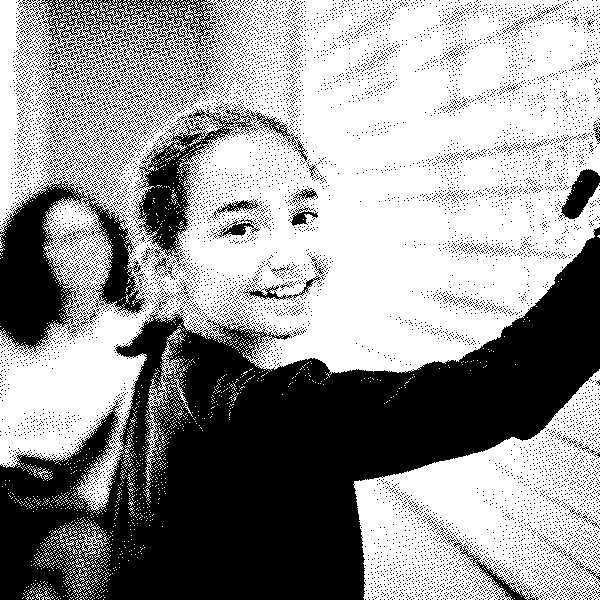Key Whole Child Indicators on Student Empowerment
Whole Child Spotlight: On Student Empowerment-table
Safe | 10 | Our teachers and staff develop and implement academic and behavioral interventions based on an understanding of child and adolescent development and learning theories. |
|---|---|---|
| Engaged | 1 | Our teachers use active learning strategies, such as cooperative learning and project-based learning. |
| Engaged | 2 | Our school offers a range of opportunities for students to contribute to and learn within the community at large, including service learning, internships, apprenticeships, and volunteer projects. |
| Engaged | 3 | Our school policies and climate reinforce citizenship and civic behaviors by students, family members, and staff and include meaningful participation in decision making. |
| Engaged | 5 | Each student in our school has access to a range of options and choices for a wide array of extracurricular and cocurricular activities that reflect student interests, goals, and learning profiles. |
| Engaged | 6 | Our curriculum and instruction promote students' understanding of the real world, global relevance, and application of learned content. |
| Engaged | 8 | Our staff works closely with students to help them monitor and direct their own progress. |
| Supported | 5 | Our school staff understands, and makes curricular, instructional, and school improvement decisions, based on child and adolescent development and student performance information. |
| Challenged | 2 | Our curriculum and instruction provide opportunities for students to develop critical-thinking and reasoning skills, problem-solving competencies, and technology proficiency. |
| Challenged | 5 | Our school works with families to help all students understand the connection between education and lifelong success. |
| Challenged | 6 | Our curriculum and instruction include evidence-based strategies to prepare students for further education, career, and citizenship. |
| Challenged | 7 | Our extracurricular, cocurricular, and community-based programs provide students with experiences relevant to higher education, career, and citizenship. |
Your school can advance student agency by adopting a Whole Child approach to education. Get more information on ASCD's Whole Child tenets and the new Whole Child Network at www.ascd.org/whole-child.








